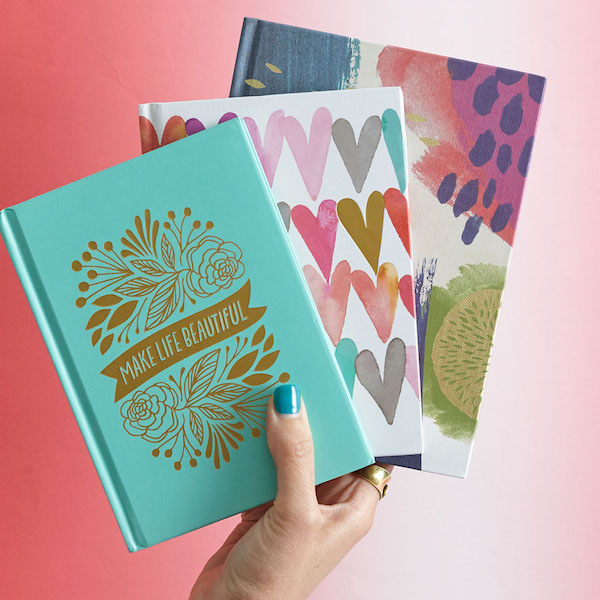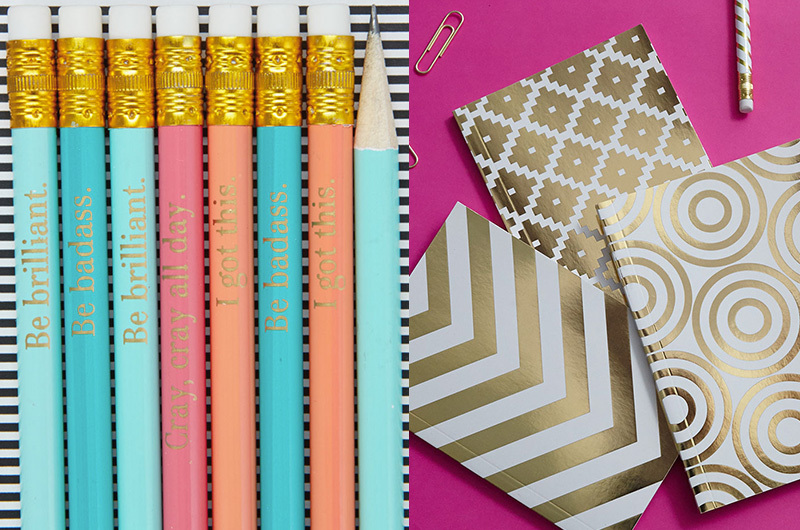First, choose your tools.
Digital: If you’re a true digital native, time-stressed, or both, then typing in a notes app on your phone, or posting a daily photo on Instagram,
might be the best way to start and stick to the journaling habit. Many
Internet-based print shops can help bring your journaling back into the
physical world by sending you a photo book whenever you favourite or post
a particular number of photos on social media.
Pen(cil) and paper: Thought it might seem old-school, there really are compelling reasons to do your journaling on paper. In her book Writing Down the Bones: Freeing the Writer Within,
writing teacher Natalie Goldberg encourages writers to write daily, and
to do it by hand because, she says, “Handwriting is more connected to
the movement of the heart.” Scientific study has shown that drawing and
handwriting are also deeply connected to the mind, activating multiple
areas of the brain. Any kind of journaling book can help you achieve
that hand-heart-brain connection, from an inexpensive composition
notebook or steno pad, to a beautiful hardbound journal or sketchbook.
It’s whatever works best for you.
Think outside the page: You don’t need to tie yourself to an app or a notebook at all in order to journal. For instance, you could write letters or emails to your future self, to be delivered or discovered at some later date. Or you could start a journal jar,
asking each member of your household write down one good thing that
happened each day and drop it in the jar. Then, at the end of the year,
you sit down and read all the good things together. It might just become
a tradition!
Next, choose your focus. Think about what you hope
to get from journaling, and which approaches have the most energy for
you. Here are some popular journaling ideas and types, but you
definitely don’t have to limit yourself to a single focus for all time.


